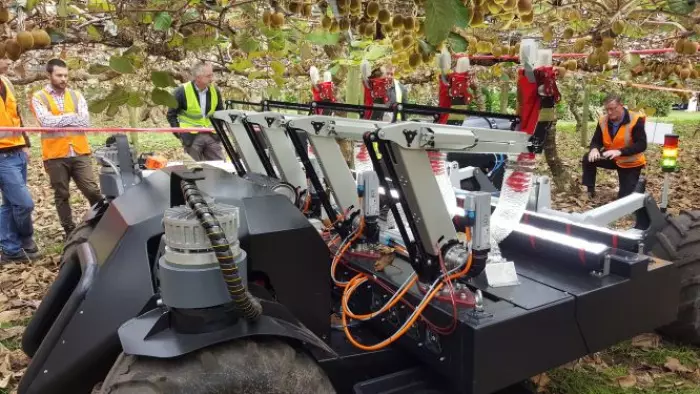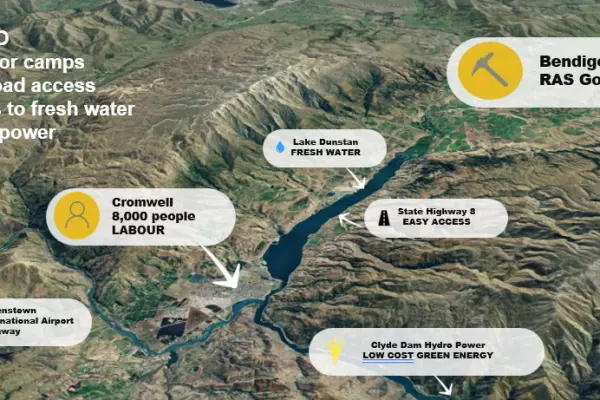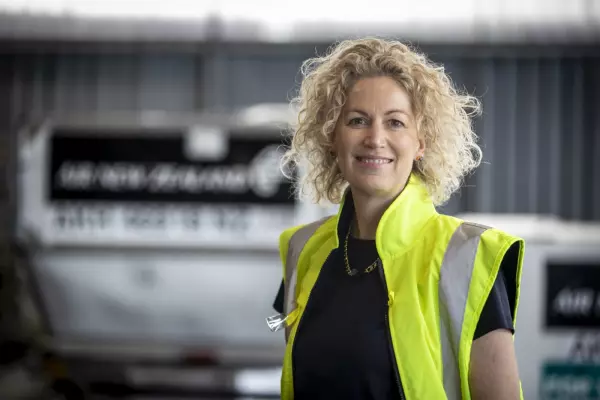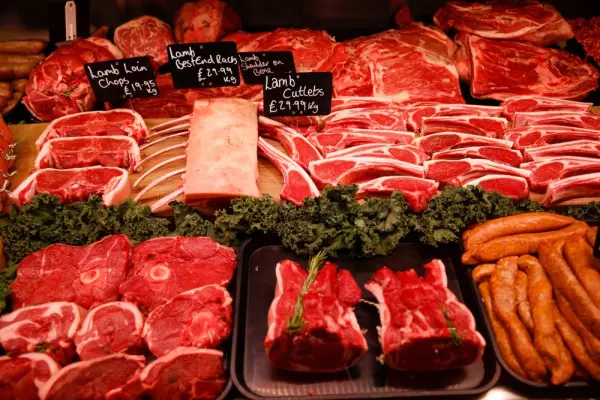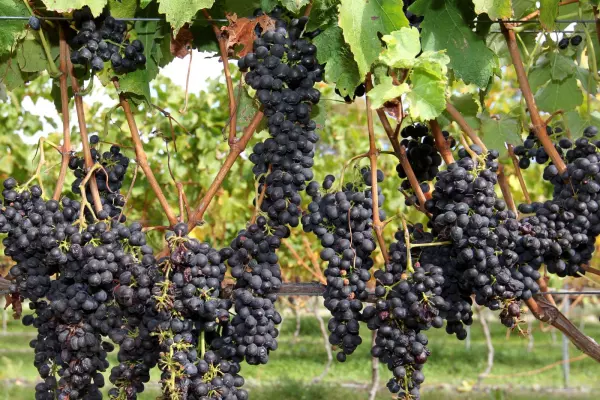The government’s plan to kickstart growth in the agritech sector is long overdue recognition that we are missing a golden opportunity to apply our primary sector expertise to the digitisation of agriculture.
Launched on Tuesday after more than a year of development and consultation, the agritech industry transformation plan allows for $11.4 million in dedicated funding and a joint government and industry effort to “grow a cluster of large agritech firms that can take on the world".
We already have some big agritech players selling their technology offshore. Last week’s inaugural Agri-tech Insights Report from the Technology Investment Network revealed that agritech companies generated $1.4 billion in revenue last year. They employed 5,000 people who are paid well - $91,020 a year on average, compared to $82,040 for employees of the country’s top 200 tech companies that TIN tracks.
The next wave of agritech
But the sector is dominated by a handful of high-value manufacturing companies like Gallagher Group, NDA Group, Compaq Sorting, and Tru-Test as well as biotech players like LIC and Argenta.
There are hundreds of start-ups coming through that instead are leveraging digital platforms, software, robotics and artificial intelligence, to build agritech businesses that could operate internationally and scale up quickly.
When TIN surveyed 1,000 such companies involved in the agritech sector, 47 percent of them said they were primarily information and communication technology companies. That is exactly where the focus should be.
With 44 percent of our export goods coming from the primary sector, we have huge experience and expertise at all levels of production, from farm to factory.
But as the Ministry of Business, Innovation and Employment points out in the plan, we haven’t reached the “levels of sustained growth and value creation” that the agri-tech sector is capable of.
“Nor has [agritech] adequately addressed a number of sustainability and environmental issues such as those around water quality, climate change and the provision of secure, high value jobs,” it says.
While our software start-up scene has become highly collaborative and integrated in recent years, agritech has been slower to develop. We need to improve our game to lift productivity in agriculture, tackle the growing labour shortage and address environmental sustainability issues.
Better collaboration needed
The plan is a start. It allows for $84 million to be tapped by agritech under the Sustainable Food and Fibre Futures Fund - formerly the Primary Growth Partnership - and a dedicated focus on advancing robotics in horticulture.
The bigger challenge is getting collaboration firing, a perennial issue for our small country. We should be incredibly well integrated between scientific institutions, farmers, entrepreneurs and investors, but our efforts remain far too disjointed.
We face strong competition in agritech internationally. Other countries are trying to deal with the same issues and ramping up agritech development as a result.
This week the UK government invested $46 million in agritech projects employing big data, AI and robotics. The UK is struggling with stagnating productivity in agriculture, in part due to labour shortages and uncertainty around Brexit.
We can help solve their problems as well as assist farmers in developing countries by marrying our agricultural nous with our lean approach to developing technology.
Here are three agritech start-ups that epitomise the direction the sector should be heading in.
The networked farm - ModuSense
Farmers are starting to embrace the Internet of Things movement. Using sensor networks, they can automate the collection of data about their land, animals, crops and equipment, getting a real-time view of the status of their farm. Rural broadband provider Farmside, which is owned by Vodafone, said this week that data use among its customers is up 34 percent year-on-year since 2017.
Farmside puts that down chiefly to increased data collection on farms, where some farmers have extended wireless connectivity around their property so that they can connect sensors and devices where there are mobile blackspots.
ModuSense, part of the LayerX Group based at the Waikato Innovation Park at Ruakura, makes the control devices, sensors and trackers that let farmers detect soil moisture, wind conditions, crop growth and livestock feed levels automatically.
GPS trackers can be fitted to farm machinery, harvesters and irrigation equipment to keep track of where everything is. The real value comes in applying artificial intelligence to that operational data to allow the farm to be run more efficiently and productively.
ModuSense has moved into providing data analytics as a platform, a bundled service priced from $135 a year. That is likely to appeal to farmers who have been put off by the high up-front costs of building IoT infrastructure and, for ModuSense, harnesses the subscription software business model that has worked well in other sectors.
Automating agriculture - Robotics Plus
Tauranga-based Robotics Plus has already gained world recognition for its apple packing, robotic log scaling and kiwifruit picking machines and is one of the leading New Zealand agritech companies with great potential to scale up its business in the rest of the world.
It is squarely focused on automating tasks around orchards, farms and primary produce processing plants so is well-placed to offer solutions to the labour shortages challenging agriculture all around the world.
Founded in 2008, Robotics Plus pioneered some of the early fruit picking robots, but has branched out into developing unmanned ground vehicles that can roam around orchards and farms to perform tasks. Japanese Yamaha has invested US$10 million in the company to date.
With a strong R&D pedigree, the name of the game for Robotics Plus now is successfully applying its technology to the agricultural needs of other countries and improving the affordability of robotics for use on the land.
The cloud farmer - Agrecord
The cloud revolution is yet to transform agriculture in the way it has done other industries where the overriding theme is featuring all of your essential data in one place.
Cloud Farmer is Agrecord’s version of the farm notebook, where everything is centrally recorded, from stock records and chemical and drench application records to timesheets and health and safety information.
Applying these types of productivity tools to the specific needs of farmers is Agrecord’s point of difference and it has adopted the software-as-a-service model with a subscription priced from $55 per month for a 3-user licence.
There is plenty more scope for SaaS plays in NZ agritech, though the whole scene would benefit from the development of an app-based ecosystem much as Xero has created, with 800 apps now capable of plugging into the accounting software platform.
Contact Peter Griffin with feedback or story ideas at [email protected] and follow him @petergnz.


